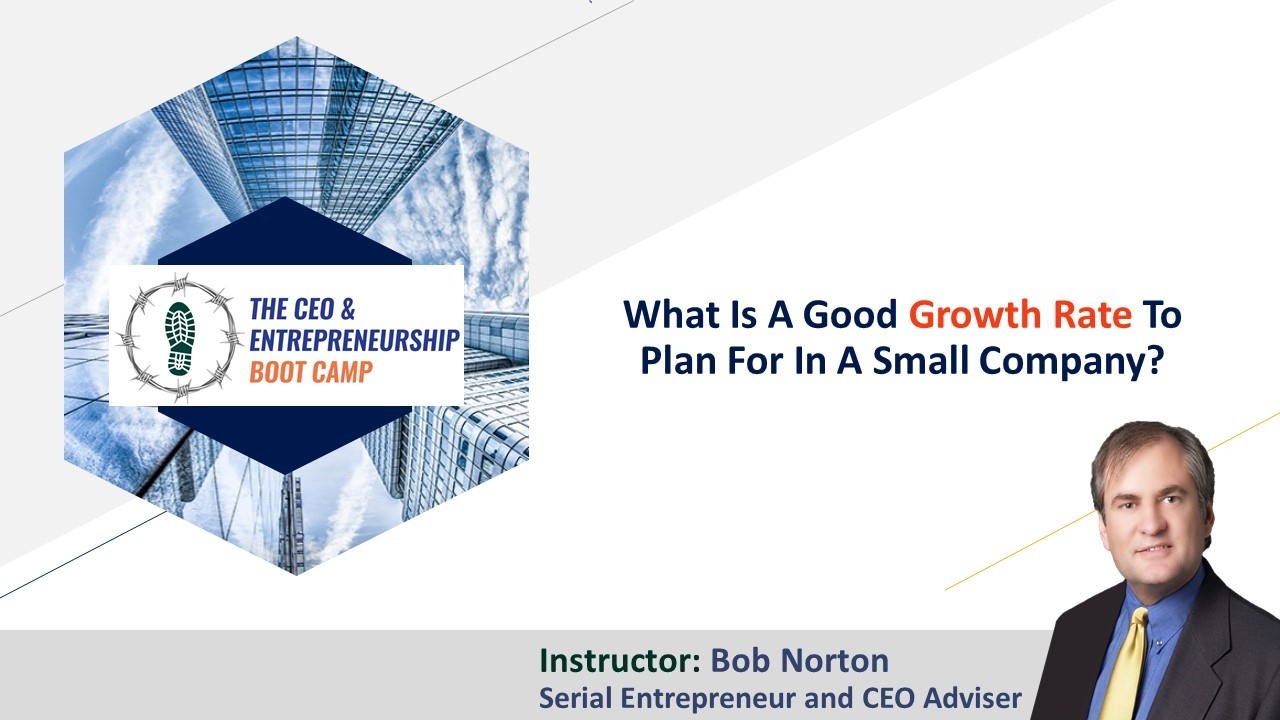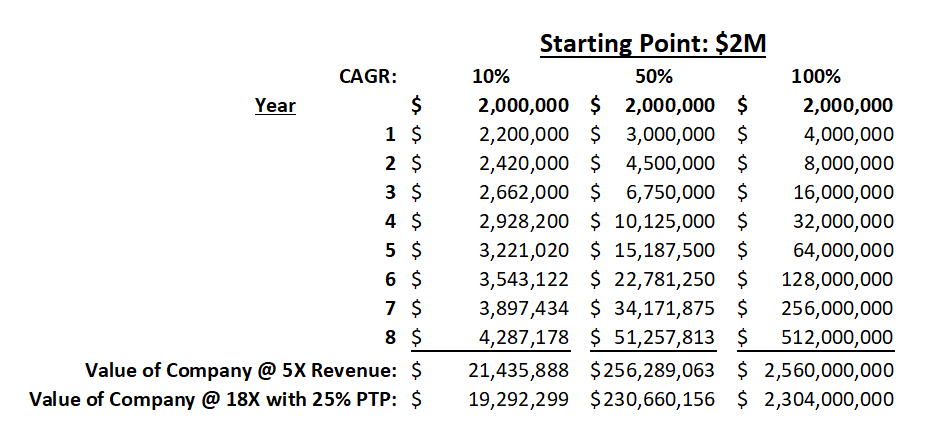When is the right time to get adviser/board of directors for a startup?

Firstly, these are two very different things. A BOA is usually a domain expert while a BOD member may bring skills like finance, sales, operation, scaling, marketing or other expertise. Too many boards are dominated by investors who only know finance.
The right time to start is yesterday. Usually as soon as you are clear on the mission of the company, which allows you to build out the skills you need on your team. It takes time and patience to develop a BOA member. Few want any formal connection until some value has been built, as the risk is so high, like 90% that the company will go nowhere for a long time. You can work with them informally and work your way up to something more formal when needed.
An informal Board of Advisers (BOA) can be started very casually and develop over time. Start with lunch and discussions to get their input of the business plan. Tell them everything, hold back nothing. Be vulnerable to show you are coachable and will listen to people with other...
How Big Must A Market For An MVP And Market Entry Strategy Be?

Absolutely. That is called a “niche” and often is the intersection of a vertical market and application/problem. And even smaller is okay and sometimes an advantage in the beginning. Of course, you also need a vision and steps into larger markets. Generally, $1 billion minimum if you seek institutional capital, as they only invest in companies that can reach $100M in sales after 5–6 years.
Even if your price point is $250 that’s a $12.5M market opportunity. Which may be enough to validate your product, tune it, prove your value proposition, price point, marketing, and sales economics to raise funding and go after larger markets.
An MVP and initial market entry is best smaller, so you are not facing competition from much larger companies and can be the only solution to that problem in that niche. An ideal market size is probably $100M to $250M, but is fine as long as your offering is unique and has some barriers to entry.
Tesla’s first product, the...
How can a company plan to maximize growth?

Contrary to popular belief, growth is not just limited by your ability to increase sales. It is almost always capped by many other things like management quality, financing, operations, training systems, hiring and other systematization. Many companies have gone bankrupt by simply increasing sales. When this happens without getting ahead of problems with customer service, production, working capital and financial controls, companies can not just ruin their reputations and spiral down but even go bankrupt.
If you are lucky or smart enough to have a product or service with a large market opportunity, your company’s growth will be mainly limited by your ability to hire and keep top people, especially managers. Building a high-performance and innovative culture is usually key to growth. This means having a vision of the future and solving big problems for people. And giving your employees good reason to care about their job and work too. Simon Sinek’s...
What is a good growth rate to plan for in a small company?

I believe a minimum of 25% should be planned for in growth as anything less will likely leave you behind competitors and being a follower, not a leader in the marketplace. I consider “Scaling” to be growth of 50% or more annually. That is far more difficult and requires a quality management team, strong internal processes (systematization) and likely some capital investment in addition to cash-flow.
If you can reinvest your cash-flow and/or get some low-cost debt, which usually requires at least eighteen months of profitability, you can maintain control and avoid the time and complications of raising outside capital. If your market opportunity has a limited time window, you would probably be better off raising some capital and growing faster.
You may also be able to create growth by getting better payment terms with vendors who may have a much lower cost of capital than you and wish to see you succeed, so you can increase purchases from them too. As a company...
How fast must a company grow in its projections to attract interest from venture capital funds?

Typically, no less than fifty percent compound annual growth rates after sales start will be needed to clear the minimums. More often, no less than one-hundred percent compound annual growth rate (CAGR) will be required at some point. Of course, growth rates can vary by year, and these are just the average over a five to eight year investment before a liquidity event to cash out.
 | Learn more about our Growth and Scaling (GSP) |
| For a free video consultation call on what your |
See our courses and coaching programs related to scaling here.
Bob Norton is a long-time Serial Entrepreneur and CEO with four exits that returned over $1 billion to investors. He has trained, coached and advised over 1,000 CEOs since 2002. And is Founder of The CEO Boot Camp™ and Entrepreneurship University™. Mr. Norton works with companies to triple their chances of success in...
What is the difference between growth and scaling?

Well, although this is not officially defined by anyone, growth is literally any growth at all. We define scaling as the kind of growth that venture capitalists seek for high returns on their investments, which means fifty-percent compound annual growth rate (CAGR). Typically, the math of this, which is reaching $100 million in sales in about five years, means a company will need at least 50% annual growth, and maybe 100%. Here is a table that shows this kind of growth and reveals that massive compounding factor of this kind of growth. And explains why venture capital must seek large opportunities to pay high yields on capital invested, which can only come from strong growth.

What this math says clearly is that a company that grows at 100% per year will be worth one hundred and twenty-one times more than a company that grows at 10% per year after eight years. This is what creates real wealth when compounded, and what venture capitalists seek. The truth is even...
Do you need capital to scale or grow a company?

The vast majority of companies will need outside capital to grow at more than twenty percent or so compound annual growth rate (CAGR). This can vary a lot by industry, sales cycle, margins and other cash-flow factors. Some industries are more capital intensive, requiring upfront investment in plants, equipment, people, research and development or other things. However, generally if you plan to grow a company over $1M in sales, you will need a working capital financing strategy projecting these needs over three or more years.
We define scaling as over fifty-percent growth. So, unless your gross profit margins are exceptional, and your sales cycle and costs are very low, you will likely need outside investors to grow this rapidly. You can always choose to grow more slowly at whatever rate your cash-flow can support, but that may cause you to lose potential market share, especially early in a markets' life. Or you can seek some debt financing which will require...
How many managers are needed if you want a company to grow smoothly?

There is a ratio called span of control that says the most people directly reporting to a single manager should be seven. This can vary some based on the people, management systems and other factors, but it generally applies in most areas of a company. More direct reports means the manager will have little time for other work and activities like planning, strategy, communications with outside vendors, etc. Of course, not every manager has seven employees. Some may have only one or two. I usually differentiate this novice as a “supervisor” not a manager. They oversee an employee or two but may not have the harder management responsibilities like planning, hiring and interfacing with other departments. They are really a manger trainee but often giving the title of manager even though they lack the skills needed.
 | Learn more about our Growth and Scaling (GSP) |
| For a free video consultation call on what... |
What must change in a company as it grows to reach larger scale?

This is a complex question, as there are many things that must evolve with growth. We break this down into the four “gear shifts” to get through the five stages of growth shown in the image below.

The numbers above are just an approximation and can vary widely by industry and company, but are guidelines.
Each stage requires very different management style, level of planning, people and risk management. These changes must be done, or the company will go sideways or fail. And often means giving up previous lessons learned and habits in the new stage.
Raw Startups require speed, high risk and micromanagement while the product market fit is figured out. Flexibility and agility are key, and easy to do with a small organization. Fast decisions, cheap testing and rapid feedback are required as cash-flow is likely negative and time is your enemy. The key goal is building the product and making sure it is valuable to the initial target market.
When the ...
What kind of companies are most scalable?

Typically, product companies are more scalable than service companies because they are easier to scale and also easier to build barriers to entry around, which protects your margins from twenty clone companies. This is because anyone can hire your people and replicate most of your services. Many industries have near zero barriers to entry like real estate sales where you just rent a desk and join the MLS. It is also possible to have service companies that are hybrids because they have some proprietary processes, products and trade secrets embedded that help create some sustainable competitive advantage. H & R Block is a good example of this as they supply many systems for sales, tax prep and other benefits that enable the services, so an individual tax preparer has a tougher time competing.
Because scaling almost always requires outside capital too, you generally need strong margins and a large market opportunity to attract outside investors. This means you...




